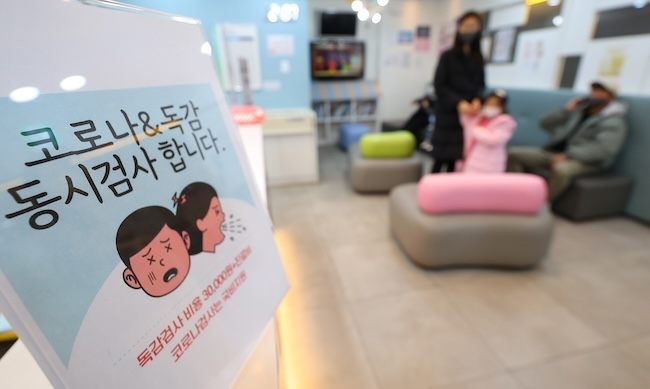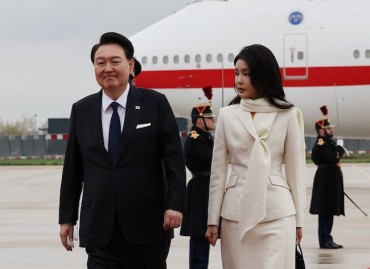
A recent study reveals stark disparities in healthcare and education access between high and low-cost housing areas in Seoul. (Image courtesy of Yonhap)
SEJONG, Jan. 9 (Korea Bizwire) – A recent study conducted by the Korea Research Institute for Human Settlements reveals stark disparities in healthcare and education access between high and low-cost housing areas in Seoul.
The study, released on January 8, indicates that the number of medical clinics or hospitals and doctors per capita is significantly lower in low-cost housing areas compared to high-cost housing clusters.
Based on the 2021 average residential property prices in Seoul’s basic districts, the research classified 455 areas as high-cost housing clusters and 1,025 as low-cost housing clusters, examining living environments including transportation, lifestyle, healthcare, education, and culture and sports.
In high-cost areas, the average publicized housing price was about 1.3 billion won, compared to 200 million won in low-cost areas. The study found that while the total number of medical clinics or hospitals was slightly higher in high-cost areas (2,547) compared to low-cost areas (2,521), the difference was stark when adjusted for population size.
High-cost areas had 25.5 clinics per 10,000 people, whereas low-cost areas had only 14.9, marking a 70% difference.
Similarly, the number of doctors per 10,000 people was twice as high in high-cost areas (50.9) compared to low-cost areas (22.2). However, low-cost areas had more emergency rooms per capita and shorter distances to the nearest emergency room.
Another significant disparity was observed in education. The study found that the rate of middle school graduates attending specialized or autonomous private high schools in high-cost areas was 18.2%, three times higher than in low-cost areas (6%).
Access to public libraries and sports facilities also varied, with high-cost areas having more per capita than low-cost areas.
The researchers recommended prioritizing low-cost housing clusters for new public hospitals and medical centers to address the disparity in healthcare access. They also suggested developing educational programs and classes in middle schools in low-cost areas to level the educational playing field, noting, “There is a need for middle schools in low-cost housing clusters to offer programs and classes suitable for students who are either excelling academically or aspiring to improve their grades.
This would help prevent the disparity in the rate of middle school graduates advancing to specialized or autonomous private high schools.”
The study also highlighted the need for equitable transportation policies, noting fewer subway stations and bus routes per capita in low-cost housing areas.
M. H. Lee (mhlee@koreabizwire.com)






